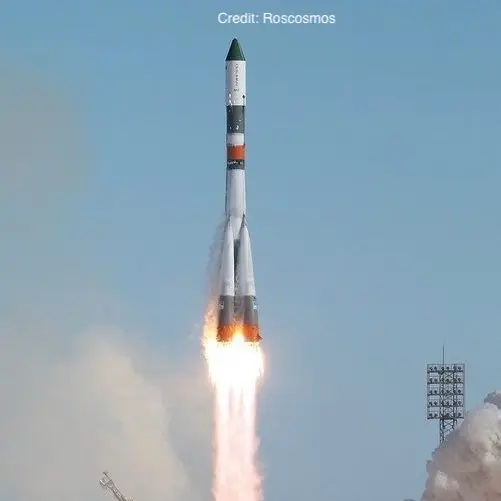Zenit-4MK n°381
Launch Failure
Liftoff Time (GMT)
09:19:00
Tuesday February 22, 1977
Mission Details
Launch Notes
The launcher lifts off nominally, but the A Block and BVGD Block motors receive the emergency stop command (AVD) at H0+103.69" and the launcher crashes. The AVD command was issued automatically by the Launcher Control System after the contacts in the Ш140А and Ш140Б connectors were closed. These closed due to the heat caused by the motors in operation, because the protective cover 8К71/А7102-80 did not close properly or was damaged during the transfer operations of the launcher.
Zenit-4MK n°381
Zenit was a series of military photoreconnaissance satellites launched by the Soviet Union between 1961 and 1994. The basic design of the Zenit satellites was similar to the Vostok crewed spacecraft, sharing the return and service modules. It consisted of a spherical re-entry capsule 2.3 metres in diameter with a mass of around 2,400 kilograms. This capsule contained the camera system, its film, recovery beacons, parachutes and a destruct charge. In orbit, this was attached to a service module that contained batteries, electronic equipment, an orientation system and a liquid fuelled rocket engine that would slow the Zenit for re-entry, before the service module detached. The total length in orbit was around 5 metres. Unlike the American Corona spacecraft, the return capsule carried both the film and the cameras and kept them in a temperature controlled pressurised environment. This simplified the design and engineering of the camera system but added considerably to the mass of the satellite. An advantage was that cameras could be reused. Most Zenits flew in a slightly elliptical orbit with a perigee of around 200 kilometres and an apogee between 250 and 350 kilometres ; the missions usually lasted between 8 and 15 days.
Low Earth Orbit
1 Payload
6,300 kilograms
Rocket


Manufacturer
RKK EnergiyaPrice
$20.00 million
Rocket
Height: 51.32m
Payload to Orbit
LEO: 6,860 kg
GTO: 0 kg
Liftoff Thrust
4,456 Kilonewtons
Fairing
Diameter: 3m
Height: 15.59m
Stages
3
Strap-ons
4
Launch Site
Stats
Soyuz U
52nd
Mission
5th
Mission of 1977
RKK Energiya
1100th
Mission
11th
Mission of 1977
1977
14th
Orbital launch attempt